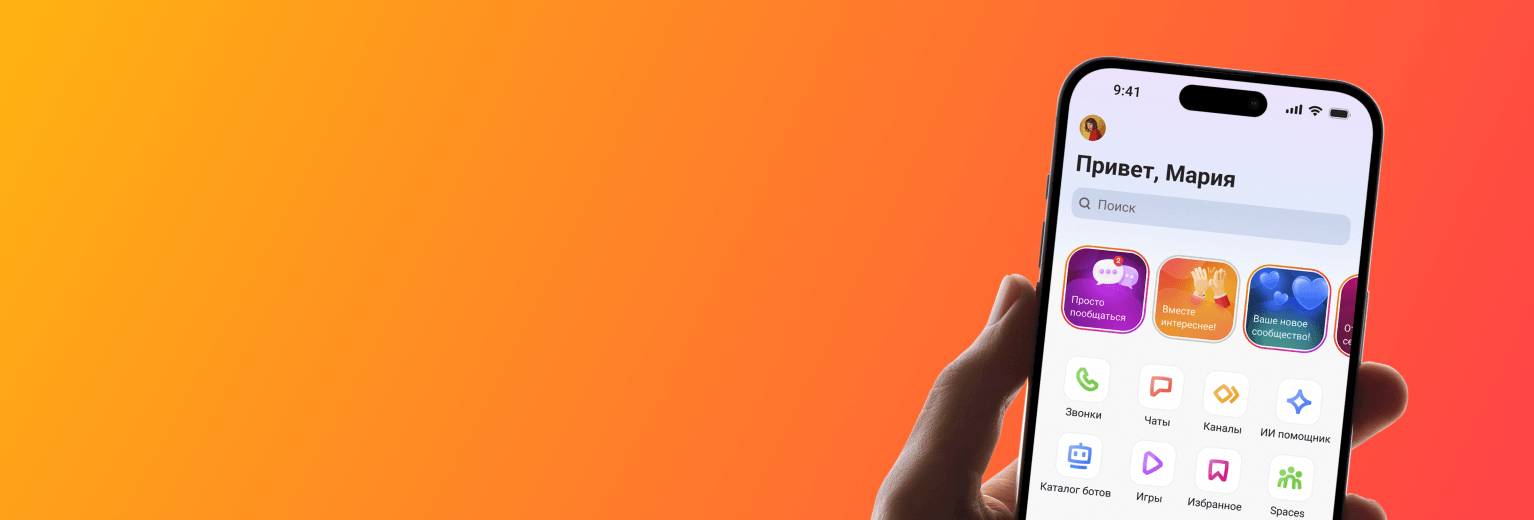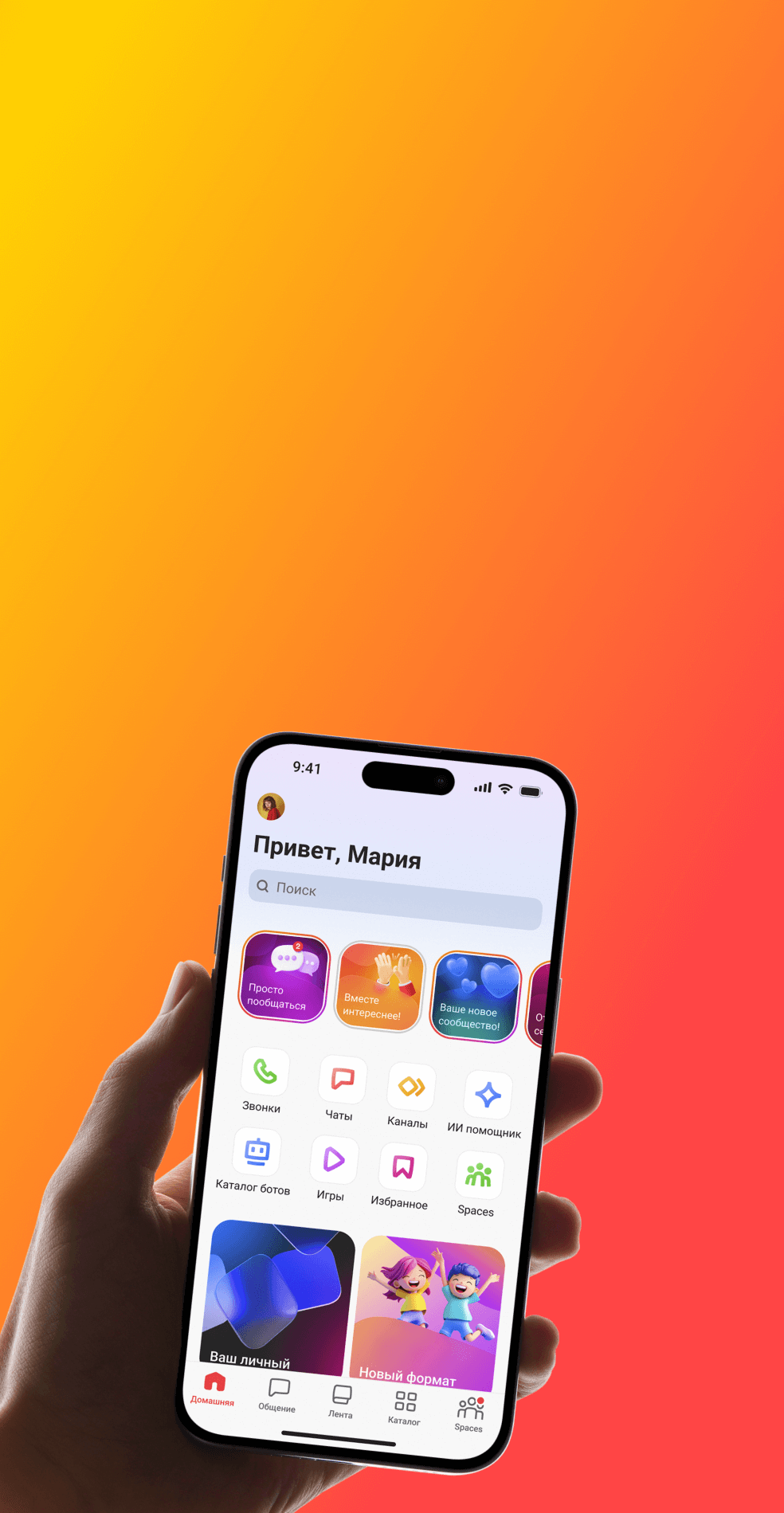
What Is a Token? Beginner’s Guide to Crypto Tokens
Introduction: Why You Should Understand Tokens
A token is a type of digital asset that exists on top of an existing blockchain. Unlike coins such as Bitcoin or Ether, which have their own native blockchains, tokens rely on the infrastructure of another blockchain (most often Ethereum, but also Solana, Polygon, BNB Chain, and others).
Why tokens matter in crypto and Web3:
They power decentralized applications (dApps), games, marketplaces, and DeFi protocols.
They can represent currency, voting rights, ownership of physical or digital assets, or even exclusive access to online communities.
They make tokenization — the process of representing real-world assets digitally — possible.
They are central to the token economy, where value can move freely, transparently, and without intermediaries.
What you will learn in this guide:
1. The difference between tokens and cryptocurrencies.
2. How tokens work and what role smart contracts play.
3. The main types of crypto tokens and how to identify them.
4. Real-world examples of blockchain token usage.
5. How to buy, store, and use tokens safely.
6. The risks, regulations, and the future of tokenization.
By the end, you’ll not only be able to answer the question “What is a token?” but also confidently navigate the fast-growing ecosystem of crypto tokens.
Token vs. Cryptocurrency: What’s the Difference?
Although people often use “token” and “coin” interchangeably, they have distinct meanings in the crypto space.
Feature | Coins (e.g., Bitcoin, ETH) | Tokens (e.g., USDC, UNI) |
Blockchain | Has its own blockchain | Built on an existing blockchain |
Primary Use | Digital money, store of value | Utility, governance, security, or unique digital asset |
Creation Method | Mining, staking, or native issuance | Created via smart contracts |
Analogy | Fuel in an engine | Ticket or voucher running on the same engine |
Real-world analogy:
Think of Ethereum as a power grid. Ether (ETH) is the electricity that runs through it. A token is like an appliance plugged into that grid — it uses the same energy source but serves a different function.
Tokens exist because it’s easier and cheaper to build on top of a secure, established blockchain than to create a new one from scratch.
How Tokens Work
Tokens are made possible by smart contracts — pieces of code stored on a blockchain that automatically execute actions when certain conditions are met.
When a developer creates a token, they deploy a smart contract that defines:
The token’s total supply.
How it can be transferred between wallets.
Any special rules (e.g., burning, minting, voting rights).
The Role of Blockchain
A blockchain token inherits the security, transparency, and decentralization of its parent blockchain. Every token transaction is recorded on the chain and can be verified publicly.
Token Standards
To ensure compatibility with wallets, exchanges, and dApps, most tokens follow a token standard.
Token Standard | Type | Examples |
ERC-20 | Fungible tokens (identical units) | USDC, UNI, LINK |
ERC-721 | Non-fungible tokens (unique) | CryptoPunks, Bored Ape Yacht Club |
ERC-1155 | Multi-token standard (fungible + NFTs) | Enjin game assets, The Sandbox |
Without these standards, every new token would require custom integrations, slowing adoption.
Types of Tokens
Understanding the types of crypto tokens helps you navigate the blockchain ecosystem and evaluate projects.
Token Type | Description | Examples |
Utility token | Grants access to a product or service | BNB, BAT, UNI |
Security token | Represents ownership, similar to shares | INX, tZERO |
Governance token | Lets users vote on protocol decisions | MKR, COMP |
Stablecoin | Pegged to fiat currency like USD | USDC, USDT, DAI |
NFT | Unique, non-fungible digital assets | CryptoPunks, BAYC |
Utility Tokens
These are the most common. They act as a key to access a platform’s features or receive benefits (e.g., discounted fees on Binance when using BNB).
Security Tokens
These are subject to financial regulations, as they represent investment contracts or ownership in assets. In many countries, offering a security token requires legal compliance.
Governance Tokens
Governance tokens give holders decision-making power. For example, with COMP (Compound protocol), holders can propose and vote on changes to interest rates or protocol upgrades.
Stablecoins
A stablecoin maintains a fixed value, usually pegged to the US dollar. They are crucial for trading, remittances, and as a safe haven from volatility.
NFTs (Non-Fungible Tokens)
NFTs are blockchain tokens that represent unique items — digital art, music, in-game assets, event tickets. Each has distinct metadata and ownership history.
Real-World Use Cases of Tokens
Tokens are not just for speculation — they power real applications.
1. Payment Systems
Stablecoins like USDC and USDT allow for instant, low-fee payments worldwide.
Businesses in countries with unstable currencies often accept stablecoins to preserve value.
2. Governance in DeFi
Governance tokens enable decentralized decision-making.
Example: MakerDAO uses MKR tokens to let holders vote on collateral rules for DAI.
3. Gaming and the Metaverse
Play-to-earn games reward players with blockchain tokens.
NFTs allow for ownership of in-game skins, weapons, or virtual land.
4. Tokenized Assets
Real estate can be split into thousands of security tokens, enabling fractional investment.
Tokenization of stocks allows 24/7 trading.
5. Identity and Access
Tokens can serve as digital IDs.
NFT-based passes grant entry to private communities, online courses, or exclusive events.
How to Buy, Store, and Use Tokens
Where to Buy
Centralized exchanges (CEXs): Easy for beginners; offer high liquidity. Examples: Coinbase, Binance.
Decentralized exchanges (DEXs): Peer-to-peer trading directly from your wallet. Examples: Uniswap, PancakeSwap.
Wallets: Custodial vs. Non-Custodial
Wallet Type | Control over keys | Security Level | Example Apps |
Custodial | Exchange holds keys | Lower (exchange risk) | Binance, Coinbase |
Non-custodial | You hold keys | Higher (you manage security) | MetaMask, Trust Wallet |
Understanding Gas Fees
On Ethereum, you pay gas fees in ETH for token transfers.
Fees vary depending on network congestion.
Using Tokens in dApps
You may need to approve a dApp to access your tokens before using them.
Once approved, tokens can be staked, swapped, or used for governance votes.
Risks and Considerations
Risk | Description | Example Scenario |
Volatility | Prices can swing dramatically | A utility token drops 50% after a product delay |
Scams & Rug Pulls | Developers vanish after raising funds | Fake DeFi project drains user funds |
Regulatory Uncertainty | Laws differ across countries | Security tokens banned without a license |
DYOR Principle | Always Do Your Own Research before investing | Reading a whitepaper before buying a token |
Extra tips:
Never invest more than you can afford to lose.
Verify contract addresses on trusted sources like CoinGecko or Etherscan.
Be aware of phishing links targeting token holders.
The Future of Tokens
The tokenization trend is just beginning. In the next decade:
Concert tickets, airline miles, loyalty points, and academic diplomas may exist as blockchain tokens.
Web3 will integrate tokens into everyday internet activities — from social media to work platforms.
DAOs will grow, powered by governance tokens.
Digital ownership will become as important as physical ownership today.
FAQs
Can I create my own token?
Yes. On Ethereum, you can deploy a smart contract with tools like Remix or use token generators. On Solana or BNB Chain, similar tools exist.
Are tokens safe?
The blockchain layer is secure, but the token project itself can be risky if run by untrustworthy teams.
What’s the best wallet for tokens?
For beginners: custodial wallets on reputable exchanges. For control and security: non-custodial wallets like MetaMask.
What is the difference between ERC-20 and ERC-721?
ERC-20 defines fungible tokens; ERC-721 defines NFTs (non-fungible tokens).
Final Thoughts: Are You Ready to Use Tokens?
Tokens are more than just “digital money.” They are programmable assets that can represent ownership, access rights, votes, or unique collectibles.
Whether you want to trade, invest, play blockchain games, or participate in governance, understanding tokens is essential for navigating the crypto economy.
In the token economy of the future, almost anything you own — from a share in a company to a piece of art — could be a blockchain token. By learning how to use tokens today, you position yourself to benefit from the next wave of innovation.

